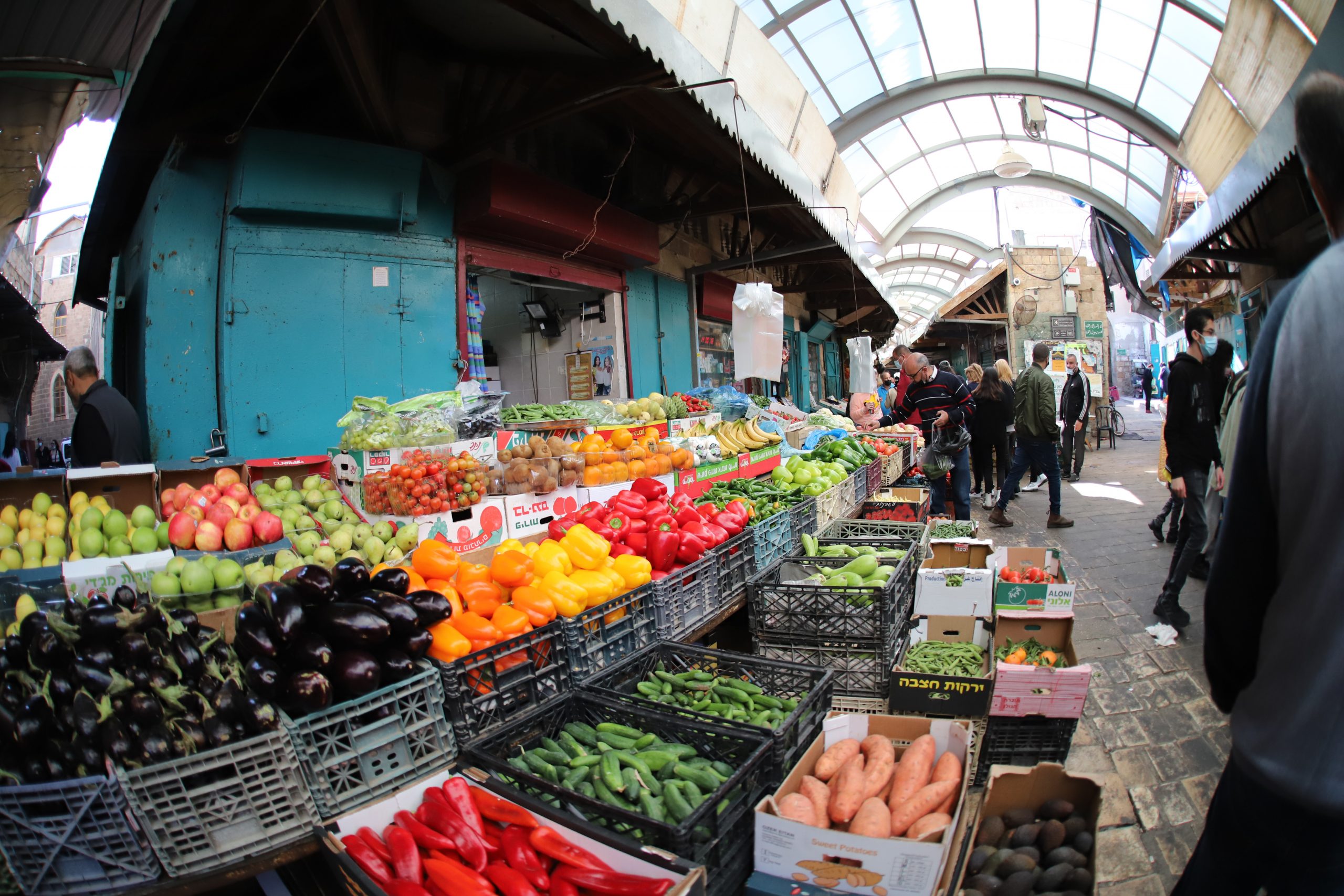FAO Food Price Index rises for ninth consecutive month in February
Early estimate for 2021 wheat output positive but 45 countries in need of external assistance for food
4 March 2021, Rome – Global food commodity prices rose for the ninth consecutive month in February, with quotations for sugar and vegetable oils increasing the most, the Food and Agriculture Organization of the United Nations (FAO) reports today.
The FAO Food Price Index, which tracks monthly changes in the international prices of commonly-traded food commodities, averaged 116.0 points in February, 2.4 percent higher than the previous month and up 26.5 percent from a year ago.
The FAO Sugar Price Index rose by 6.4 percent from January, as production declines in key producing countries together with strong import demand from Asia prompted ongoing concerns over tighter global supplies. Expectations of a production recovery in Thailand and a bumper crop in India dampened the increase.

The FAO Vegetable Oil Price Index gained 6.2 percent, reaching its highest level since April 2012. Prices for palm, soy, rape and sunflower seed oils all rose.
The FAO Dairy Price Index rose by 1.7 percent, led by international export quotations for butter, where firm imports by China met limited supplies from Western Europe. Cheese prices declined, partly due to high inventories in the United States of America.
The FAO Cereal Price Index averaged 1.2 percent higher than in January. Sorghum prices rose 17.4 percent in the month, driven by ongoing strong demand from China. International prices of maize, wheat and rice were either stable or edged up slightly.
The FAO Meat Price Index increased 0.6 percent, pushed higher by tight supplies of bovine and ovine meats in key producing regions. By contrast, pig meat price quotations fell, underpinned by reduced purchases by China amidst heavy oversupplies and a rise in unsold pigs in Germany due to the continued ban on exports to Asian markets.
Early estimate points to record 2021 wheat output
FAO also released the Cereals Supply and Demand Brief, including updated assessments of global production, consumption, trade and inventories.
Global wheat production in 2021 is likely to increase and hit a new record of 780 million tonnes, according to FAO’s preliminary forecast, as expectations of a rebound in production in the European Union more than offset weather-impacted production prospects for output in the Russian Federation. Maize production in South Africa is expected to reach near-record levels in 2021, while outputs in South America are forecast at well above-average levels. The crop is yet to be planted in countries north of the equator.
The Brief offers more details and updated assessments. Highlights include a new and higher estimate for world cereal production in 2020, now seen at 2 761 million tonnes, a 1.9 percent increase from the previous year, lifted by higher-than-expected outturns reported for maize in West Africa, for rice in India, and wheat harvests in the European Union, Kazakhstan and the Russian Federation.
FAO’s new projections for 2020/21 include a 2.0 percent annual increase in global cereal utilization to 2 766 million tonnes and 5.5 percent growth in world trade in cereals to 464 million tonnes. Global cereal stocks are now forecast to end 2021 at 811 million tonnes, 0.9 percent below their opening levels, pushing down the stock-to-use ratio to 28.6 percent. World rice and wheat stocks are expected to increase, while those of coarse grains to decline.
Cereal output and import needs both rise in Low-Income Food Deficit Countries
Crop Prospects and Food Situation, a quarterly publication by FAO’s Markets and Trade Division, was also released today.
It estimates that aggregate cereal production by the 51 Low-Income Food Deficit Countries rose 3.0 percent in 2020 from the previous year to 502.4 million tonnes, as recoveries in Southern Africa and the Near East outweighed a decline in Central Africa. However, aggregate cereal import requirements by the group in the 2020/21 marketing year are expected to rise to 74.1 million tonnes, with the Far East and West Africa subregions posting the largest additional needs.
Early production outlooks for 2021 are broadly favourable but drought-like conditions in Afghanistan and southern Madagascar are of emerging concern.
The report assesses 45 countries to be in need of external assistance for food: Afghanistan, Bangladesh, Burkina Faso, Burundi, Cabo Verde, Cameroon, Central African Republic, Chad, Congo, Democratic People’s Republic of Korea, Democratic Republic of Congo, Djibouti, Eritrea, Eswatini, Ethiopia, Guinea, Haiti, Iraq, Kenya, Lebanon, Lesotho, Liberia, Libya, Madagascar, Malawi, Mali, Mauritania, Mozambique, Myanmar, Namibia, Niger, Nigeria, Pakistan, Senegal, Sierra Leone, Somalia, South Sudan, Sudan, Syrian Arab Republic, United Republic of Tanzania, Uganda, Venezuela, Yemen, Zambia and Zimbabwe.
Source: Food and Agriculture Organization of the United Nations (FAO)
Leave a Reply